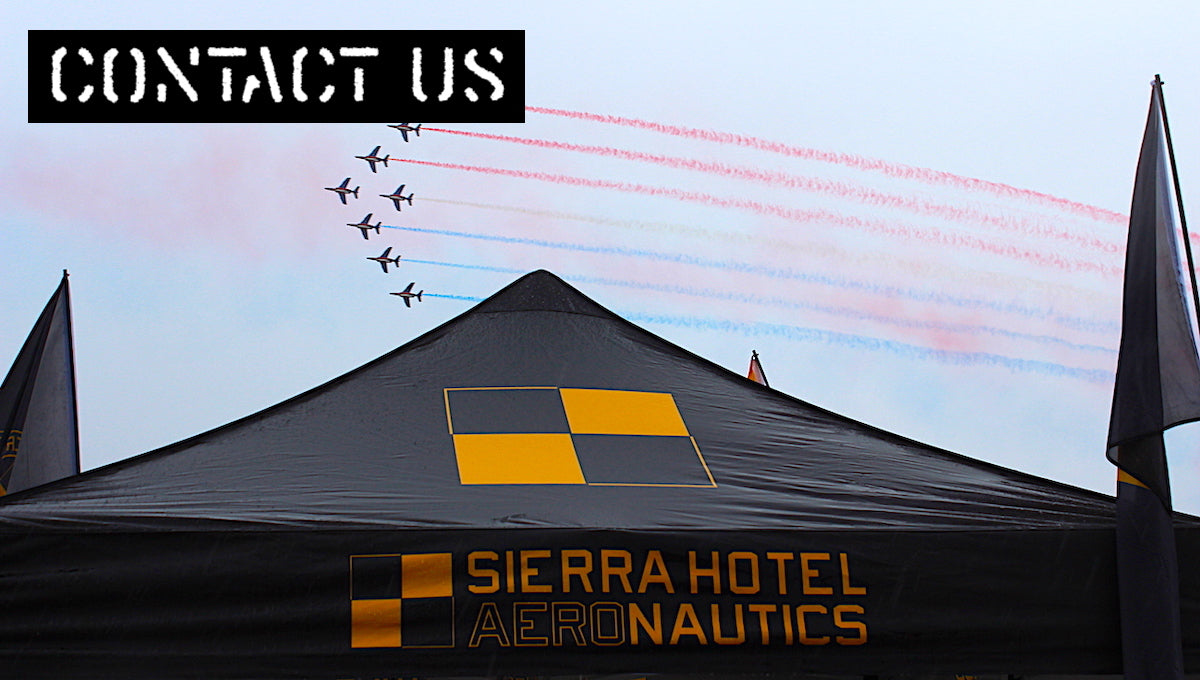The Fourth Star

In an effort to see his father who was dying of cancer, Major Clifton Curtis "C.C." Williams, Jr. departed Cape Canaveral on October 5, 1967, en route to Mobile, Alabama, the location of his family home. At 22 thousand feet in altitude over Tallahassee, Florida, "C.C." Williams NASA T-38 suffered a major mechanical in-flight failure causing an uncontrollable aileron roll.
His aircraft immediately departed controlled flight, and dove straight down, quickly accelerating to a speed in excess of 700mph. Williams attempted to eject at 1,480 ft altitude, but was not successful. At a near 90-degree angle of descent, the now supersonic T-38 impacted the forest at such a steep angle, that no trees were damaged. "The plane disintegrated and the CC Williams body disintegrated with it."
His aircraft immediately departed controlled flight, and dove straight down, quickly accelerating to a speed in excess of 700mph. Williams attempted to eject at 1,480 ft altitude, but was not successful. At a near 90-degree angle of descent, the now supersonic T-38 impacted the forest at such a steep angle, that no trees were damaged. "The plane disintegrated and the CC Williams body disintegrated with it."
.

.

.
Prior to his death, Major Williams was selected to be the Lunar Module Pilot for an Apollo mission commanded by Pete Conrad. Following CC Williams' death, Alan Bean became the Lunar Module Pilot for Conrad's mission, which ended up being Apollo 12, the second lunar landing.
.

.

.
Apollo 12 launched from Cape Kennedy on Nov. 14th, 1969, into a dark cloudy, rain-filled sky. The Apollo 12 crew each wore a mission patch. The original Apollo 12 patch had 3 stars, one each for the three astronauts who flew the mission. In an act of honour, friendship, and remembrance, Apollo Astronaut Alan Bean requested that a fourth star be added...that one was for Major Williams.

.












Leave a comment